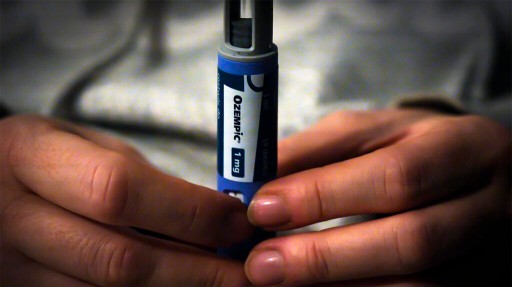
Understanding your skincare issues and how to address them with the right skin care products is facilitated by establishing a suitable skincare routine sequence. There are several skin care products on the market, and it can be unclear when and how to use each one for the greatest effects. It's also worth noting that the sequence in which you do your skincare steps varies depending on whether you care for your skin in the morning or at night.
How Come The Sequence of Your Skin Care Steps Matters

Dr. Rogers stresses the significance of the application sequence. Although the skin's function is to prevent outside substances from entering the body, many cosmetics contain elements we seek to absorb via the skin.
How To Start A Skin Care Routine
Some professionals recommend considering the time it takes for your skin to absorb your goods and the application sequence. Dr. Rogers acknowledges, though, that this isn't always practical because most of us are in a rush to go somewhere (or to bed). In her opinion? It would help if you stuck to a basic skincare routine.
The instructions for many products state that waiting five to thirty minutes between steps is necessary for maximum absorption, but who has that kind of time? Dr. Rogers warns that if anything is too difficult, people won't bother it. "If there are a lot of processes, stop for a while so that the skin can absorb each product.
Using Multiple Skin Care Products at Once, and Why That Matters

So, you want to know, "which product goes on top of which?" Apply your products from thinnest to thickest or liquid to cream, as a general rule of thumb. Dr. Rogers recommends following this general rule: "Think thin-to-thick" and using the products that need to sit on top of the skin last. This is because the components in the initial products are the most vital to enter the skin.
Guide To A Morning Skin Care Routine
Dr. Rogers recommends saving treatment items like retinol for the evening and using sunscreen and other environmental shields first thing in the morning.
Toner
For many reasons, including the persistent myth that they are too harsh and irritate the skin, most individuals opt out of using toners. Thankfully, things have changed. While the latest generation of toners may not literally "reduce" pores, they do have other benefits, such as delivering antioxidants, vitamin-B derivatives, and even toning acids. Furthermore, different types of toner are designed to treat certain skin issues.
The Antioxidant Serum
Serums are best used topically as super-concentrated, nutrient-dense therapies, meaning they are applied directly to the skin. The many serums now on the market might be overwhelming. Still, Dr. Rogers suggests using an antioxidant serum during the day because of its many advantages, including reducing your skin's inflammatory reaction and protecting it from UV radiation and environmental contaminants.
Eye Cream
Dr. Annie Chiu, a board-certified dermatologist, claims that beginning in your 20s, you should be religious about applying eye cream at least once, if not twice, daily. Protecting the integrity and thickness of the skin on your eyelids is paramount. Taking care of this area early on may prevent the eyelid skin from becoming loose and wrinkled.
Consistency is the hallmark of success. The skin around your eyes will remain supple and less prone to sagging if you apply eye cream daily. Bear in mind that no magic exists.
Spot Treatment
Dermatologist Dr. from the Rosacea Treatment Clinic says that the most effective way to use acne spot treatments is to apply them directly to the skin. Since there is a wide variety of acne spot treatments on the market, it is important to read the product's instructions or speak with a physician to determine which one will work best for your specific case.
Ashley Wiley, an esthetician and acne expert, says that prescription-strength benzoyl peroxide, a frequent component in acne spot treatments, takes between one and three hours to show results.
Sunscreen
If you use a physical or mineral sunscreen (which blocks UV radiation), apply it last in your daytime skin care regimen. When applying chemical sunscreen, this process gets more complicated.
Dr. Rogers notes that this is because "chemical sunscreens have to be absorbed into the skin in order to be effective," and applying it after your moisturizer would delay and hamper this absorption. However, the effectiveness of your moisturizer will be diminished if you use a chemical sunscreen first.
Related pages
Can semen microbiome health affect male infertility?
Share on PinterestBacterial imbalances in the semen microbiome may cause a reduction in semen and sp

Ozempic weight loss plateau: What is it and how to get past it
Share on PinterestAfter using Ozempic for a while, many people may reach a plateau with their weight

How Often Should You Do HIIT Workouts Each Week?
High-intensity interval training (HIIT) is beneficial for improving cardiovascular health, reducing

RSV Vaccine Side Effects: What Older Adults Should Know
Two new vaccines for respiratory syncytial virus (RSV) are available this year for people aged 60 an

Some Period Products Contain PFAs
A new study found that some period products contain perfluoroalkyl and poly-fluoroalkyl substances (

‘Fat-Burning Zones' on Cardio Gym Equipment Often Inaccurate
New research shows “fat-burning zone” recommendations on commercial cardio equipment may not provide

